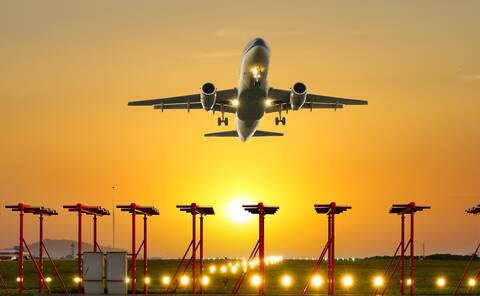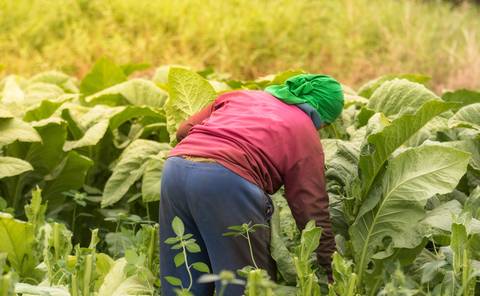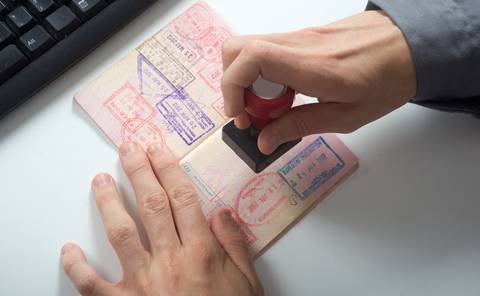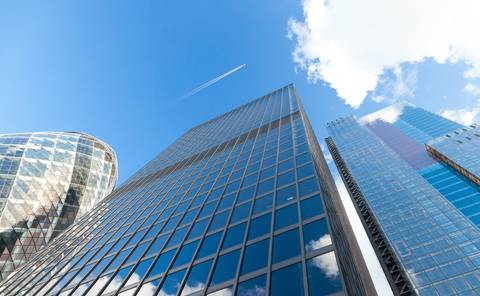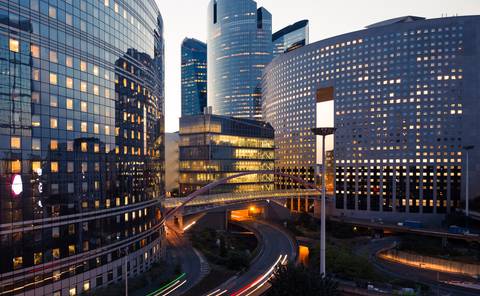Cameroon
Overview
Cameroon is a unitary republic of central and western Africa and became independent in 1960 as the Republic of Cameroon. It is bordered by Nigeria to the west; Chad to the northeast; the Central African Republic to the east; and Equatorial Guinea, Gabon, and the Republic of the Congo to the south. Cameroon's coastline lies on the Bight of Bonny, part of the Gulf of Guinea and the Atlantic Ocean. The country is sometimes called "Africa in miniature" for its geological and cultural diversity. The country has generally enjoyed stability, which has permitted the development of agriculture, roads, and railways, as well as a petroleum industry.
Economy
Because of its modest oil resources and favourable agricultural conditions, Cameroon has one of the best-endowed primary commodity economies in sub-Saharan Africa. Nevertheless, it faces many of the serious problems confronting other underdeveloped countries, such as stagnant per capita income, a relatively inequitable distribution of income, a top-heavy civil service, endemic corruption, and a generally unfavourable climate for business enterprise. Since 1990, the government has embarked on various IMF and World Bank programs designed to spur business investment, increase efficiency in agriculture, improve trade, and recapitalize the nation's banks. Subsidies for electricity, food, and fuel have strained the budget. Cameroon has several large infrastructure projects under construction, including a deep sea port in Kribi and the Lom Pangar Hydropower Project. It also recently opened a natural gas powered electricity generating plant. Cameroon must attract more investment to improve its inadequate infrastructure, but its business environment is a deterrent to foreign investment.
For further information please contact us:

